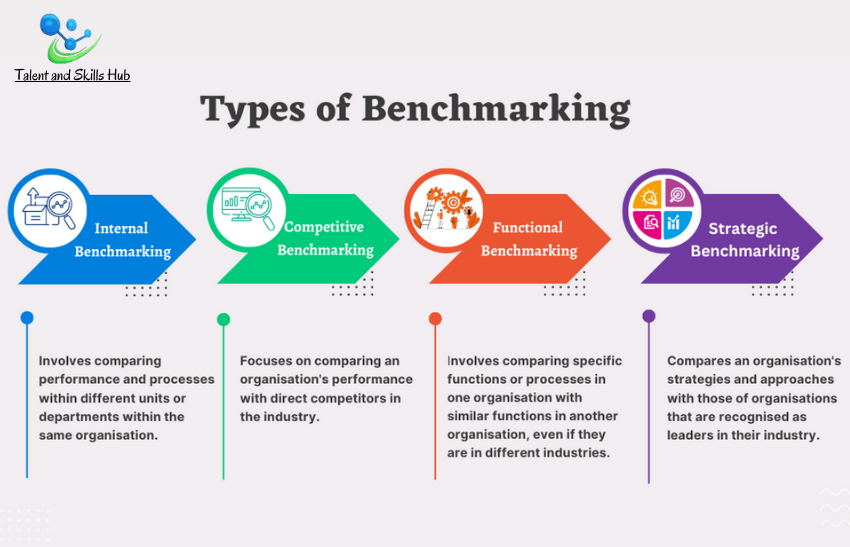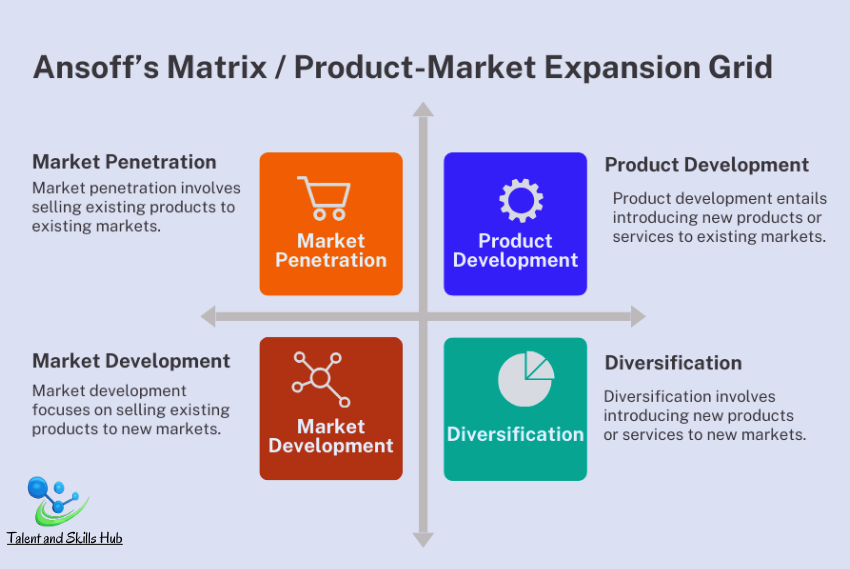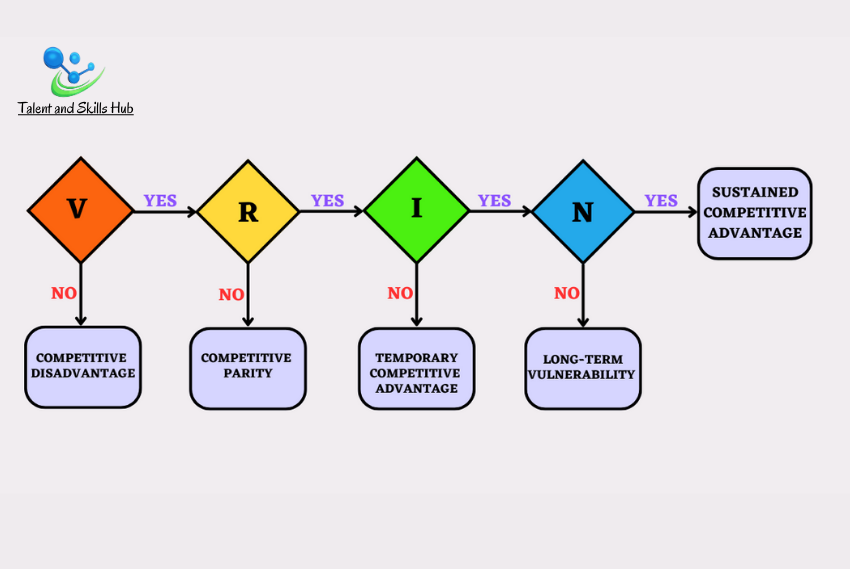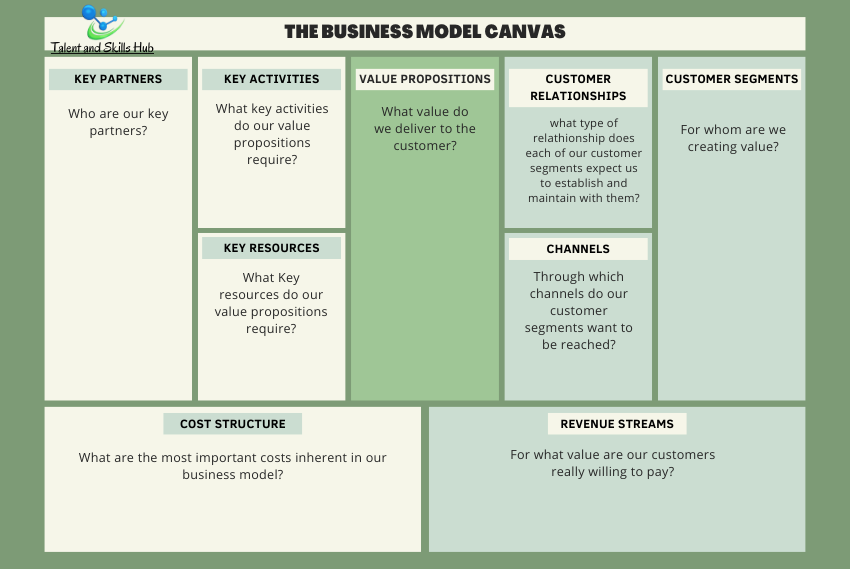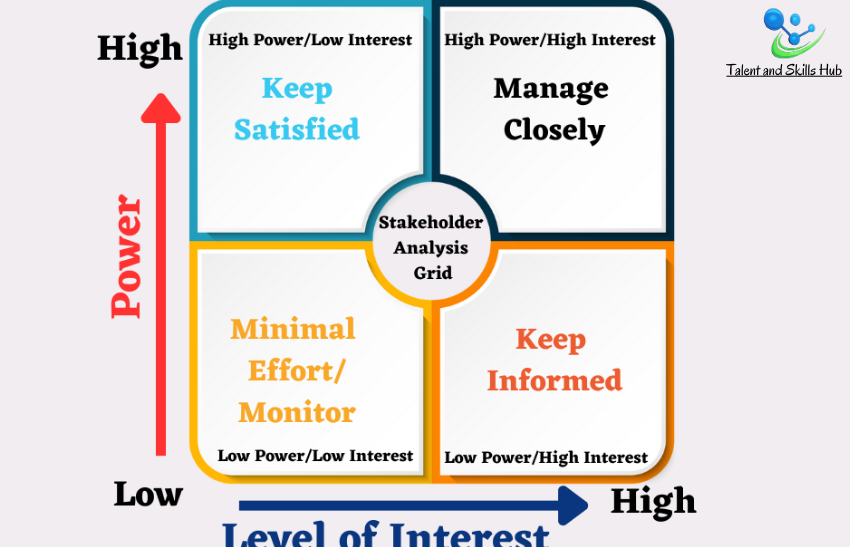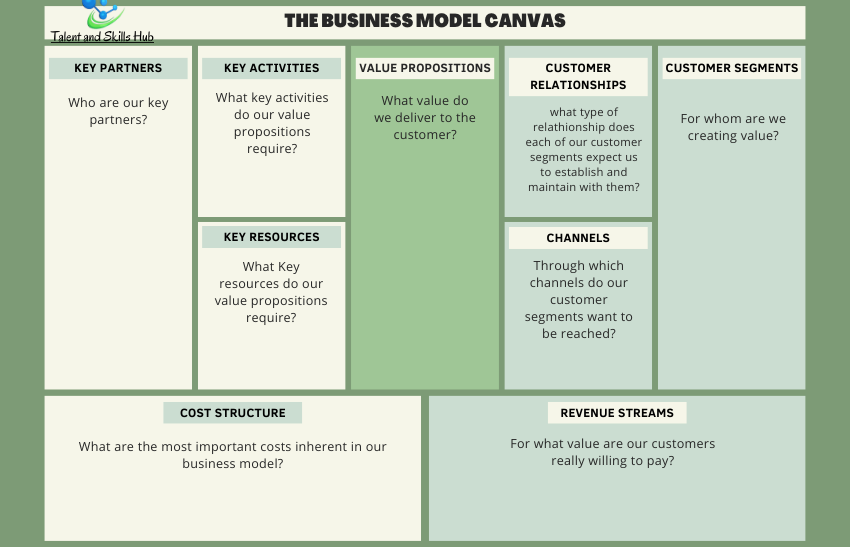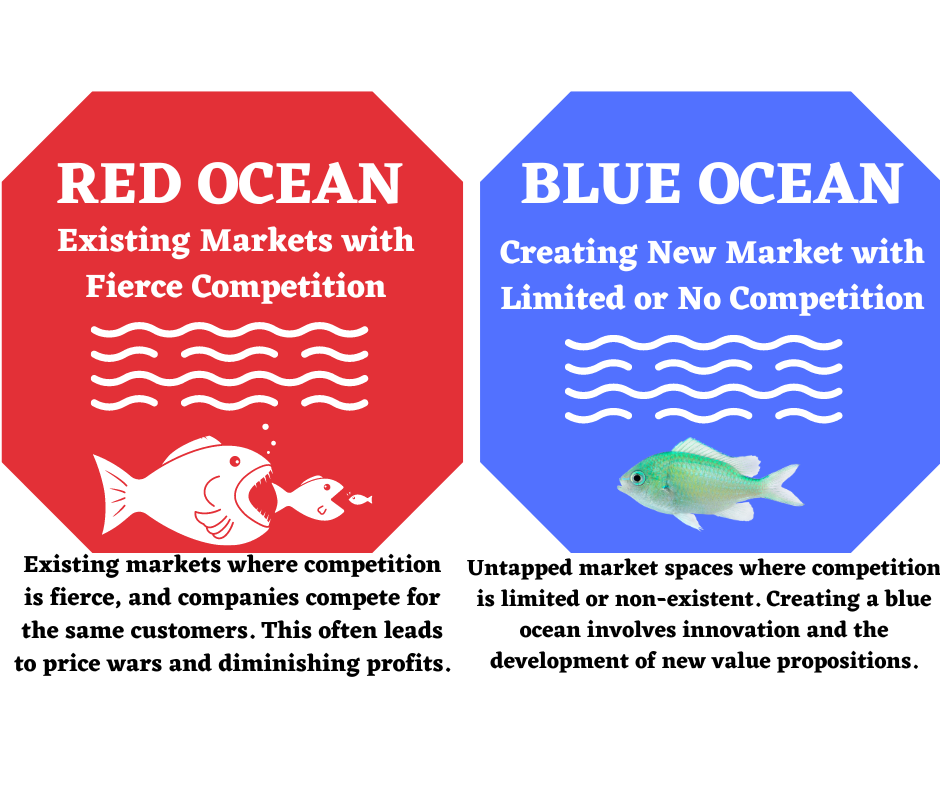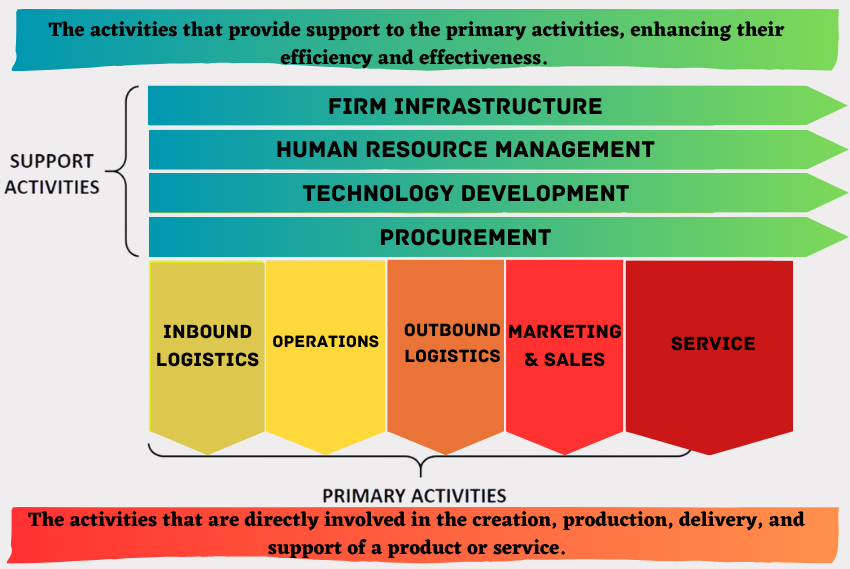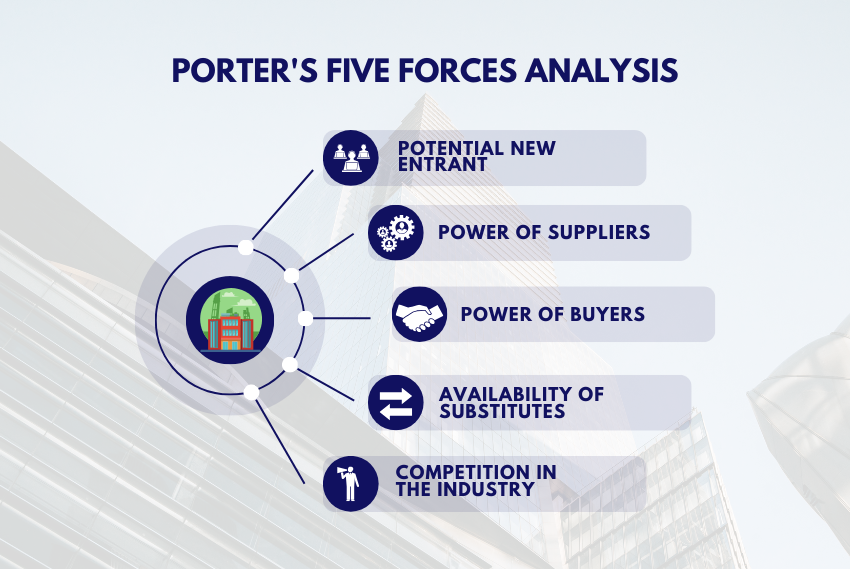Benchmarking is a strategic management tool that involves comparing an organization’s processes, performance, products, or services with those of industry leaders or competitors to identify areas for improvement and best practices. The primary goal of benchmarking is to enhance organizational performance by learning from others and adopting proven strategies. Here are key aspects of benchmarking:
Types of Benchmarking:
-
Internal Benchmarking:
Involves comparing performance and processes within different units or departments within the same organisation.
-
Competitive Benchmarking:
Focuses on comparing an organisation’s performance with direct competitors in the industry.
-
Functional Benchmarking:
Involves comparing specific functions or processes in one organisation with similar functions in another organisation, even if they are in different industries.
-
Strategic Benchmarking:
Compares an organisation’s strategies and approaches with those of organisations that are recognised as leaders in their industry.
WATCH THE VIDEO HERE>>>
Here are some examples of benchmarking in different contexts:
-
Customer Service Benchmarking:
Example: A retail company wanting to improve its customer service may benchmark against industry leaders known for exceptional customer service, such as Zappos or Nordstrom. The company might compare response times, resolution rates, and overall customer satisfaction metrics.
-
Manufacturing Process Benchmarking:
Example: An automotive manufacturer aiming to improve its production efficiency might benchmark its manufacturing processes against a competitor known for lean manufacturing principles. This could involve comparing cycle times, defect rates, and resource utilization.
-
Financial Performance Benchmarking:
Example: A financial institution may benchmark its financial performance against peer organizations in terms of key metrics like return on assets, net profit margin, and cost-to-income ratio.
-
Employee Productivity Benchmarking:
Example: A technology company seeking to enhance employee productivity may benchmark its internal processes against successful tech startups. This could involve comparing project completion times, employee satisfaction scores, and innovation metrics.
-
IT Service Desk Benchmarking:
Example: An organization managing an IT service desk may benchmark its service levels against industry benchmarks or against similar organizations in terms of response times, ticket resolution rates, and customer satisfaction scores.
-
Supply Chain Benchmarking:
Example: A logistics company may benchmark its supply chain processes against industry leaders. This could involve comparing delivery times, inventory turnover rates, and transportation costs.
-
Sustainability Benchmarking:
Example: A manufacturing company aiming to improve its sustainability practices may benchmark against industry leaders recognized for environmentally friendly operations. This could involve comparing energy consumption, waste reduction efforts, and adherence to green standards.
-
Healthcare Process Benchmarking:
Example: A hospital seeking to improve patient care may benchmark its processes against healthcare institutions known for high-quality care. This could involve comparing patient outcomes, waiting times, and adherence to best medical practices.
-
Online Retail Benchmarking:
Example: An e-commerce company may benchmark its online retail practices against successful competitors. This could involve comparing website user experience, conversion rates, and digital marketing strategies.
-
Innovation Benchmarking:
Example: A technology company interested in fostering innovation may benchmark its innovation processes against companies renowned for their successful innovation, such as Apple or Google. This could involve comparing R&D investment, new product development speed, and patent filings.
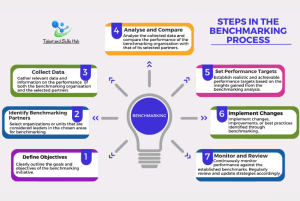
Steps in the Benchmarking Process:
-
Define Objectives:
Clearly outline the goals and objectives of the benchmarking initiative. Identify the specific areas or processes to be benchmarked.
-
Identify Benchmarking Partners:
Select organizations or units that are considered leaders in the chosen areas for benchmarking. These can be within or outside the industry.
-
Collect Data:
Gather relevant data and information on the performance metrics, processes, and practices of both the benchmarking organization and its selected partners.
-
Analyse and Compare:
Analyse the collected data and compare the performance of the benchmarking organisation with that of its selected partners. Identify gaps and areas for improvement.
-
Set Performance Targets:
Establish realistic and achievable performance targets based on the insights gained from the benchmarking analysis.
-
Implement Changes:
Implement changes, improvements, or best practices identified through benchmarking. This may involve adjusting processes, adopting new technologies, or enhancing organizational capabilities.
-
Monitor and Review:
Continuously monitor performance against the established benchmarks. Regularly review and update strategies based on changes in the external environment or industry standards.
Benefits of Benchmarking:
- Performance Improvement: Identifies opportunities for performance improvement by learning from best practices.
- Competitive Advantage: Enables organizations to gain a competitive advantage by adopting industry-leading processes.
- Innovation: Stimulates innovation as organizations strive to implement more effective and efficient methods.
- Strategic Planning: Informs strategic planning by providing insights into industry trends and competitor strategies.
- Customer Satisfaction: Can lead to improvements in customer satisfaction by aligning processes with customer expectations.
Challenges of Benchmarking:
- Data Availability: Access to accurate and relevant data from benchmarking partners can be a challenge.
- Contextual Differences: Differences in organizational context and industry conditions may limit the applicability of benchmarking results.
- Resistance to Change: Employees and stakeholders may resist changes inspired by benchmarking if not communicated and implemented effectively.
Final Remark.
Benchmarking is a valuable tool for organizations seeking to enhance their performance and stay competitive in the ever-evolving business landscape. It requires a systematic and collaborative approach to learning from others and implementing positive changes.

